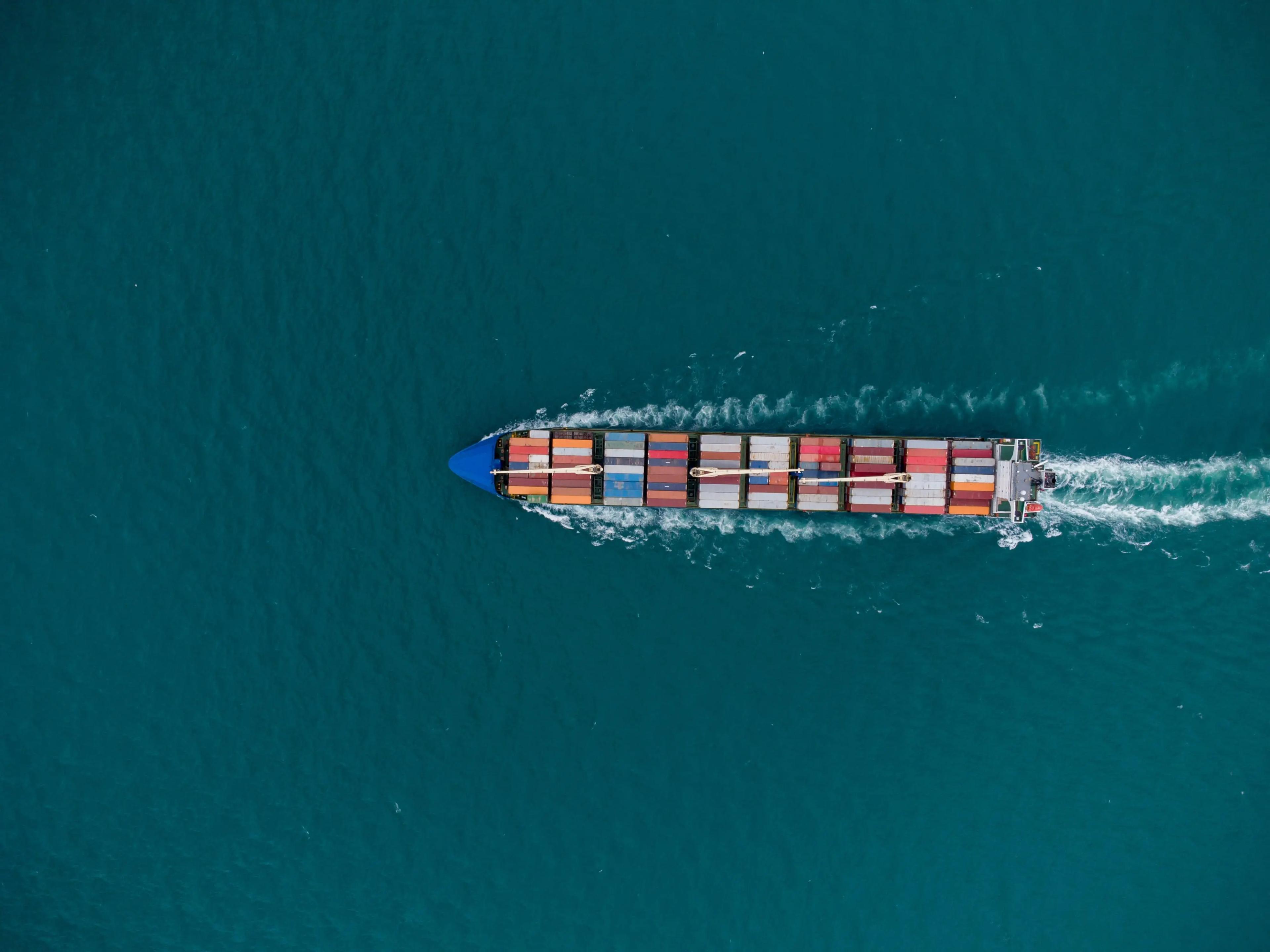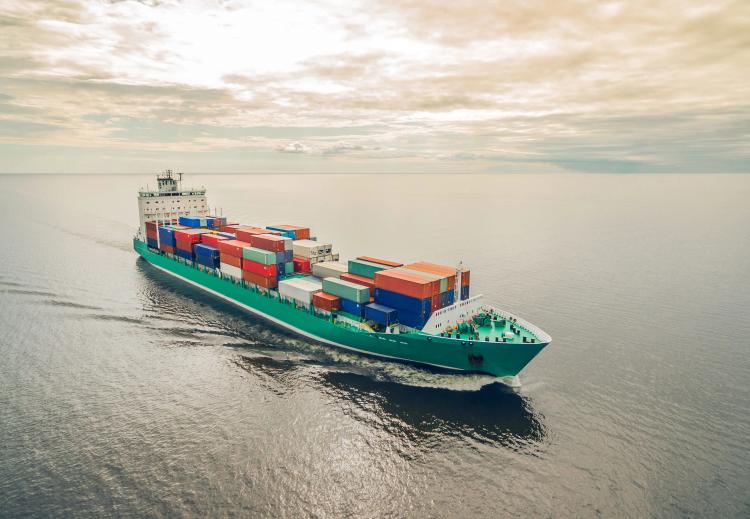How to predict roll risk ?_
The objective of this project is to design an algorithm capable of predicting the roll risks specific to each type of ship in order to guarantee the safety of the ship, its crew and its cargo. Discover this project in partnership with GTT.

The context_
In partnership with OSE, GTT is developing innovative software for ship weather routing. This program integrates various data, such as weather conditions, sea currents and navigation constraints, in order to generate optimal trajectories. The objective is to reduce, as required, the distance travelled, fuel consumption or polluting emissions. As part of this project, our contribution consists in designing an additional module that specifically addresses the risk of stability at sea of ships, with a focus on the risks of parametric and synchronous roll.
What are the dangers of rolling for ships ?
Parametric roll (asynchronous) and synchronous roll phenomena represent dangers, especially for container ships. These phenomena have the ability to trigger intense rolling motions, increasing the risk of cargo damage or loss. Their unpredictable nature lies in the resonance between the frequencies of the waves perceived by the ship and those of its own rolling motion. In order to solve this challenge, GTT is collaborating with OSE to develop behavioral models specific to each category of vessel. These models will make it possible to produce risk maps specific to each ship, thus improving the capacity for forecasting and prevention.

Nos missions_
Development of a method of fine physical simulations and statistical analyzes of the seakeeping of a ship for different loading, speed and wave conditions.
Implementation of a large number of simulations in order to create a database of roll risks on different ships.
Implementation, from simulation data, of a reduced model that uses learning techniques to assess the roll risks specific to each ship in very short time.
Generalization of these scale models to the different categories of ships.
Integration into weather routing software.
Adopting a learning-based method, we designed scale models that capture the behavioral characteristics of various vessels. These models were then extended to encompass different categories of vessels. This strategy was developed with a view to strengthening maritime safety and preserving the integrity of the crew and the goods transported. Its main objective is to reduce to a minimum the possible episodes of rolling which could occur along the path of the ships.
La solution OSE_
We have developed cutting-edge expertise in a complex area that remains an unresolved concern within the maritime sector. Research is still ongoing, with specific theses aimed at finding predictive solutions to mitigate the roll problem and developing suitable countermeasures.
In this perspective, we have developed an initial model that offers the ability to assess roll risks according to the characteristics specific to a ship and its load, without requiring dedicated simulations. This approach represents a notable innovation in the current context of the maritime industry.
In addition, we have developed a solution that will provide the routing software with a real-time assessment of the risks related to stability at sea. This advancement has the potential to contribute significantly to improving the safety and efficiency of operations maritime.
4 OSE developers mobilized
In partnership with GTT